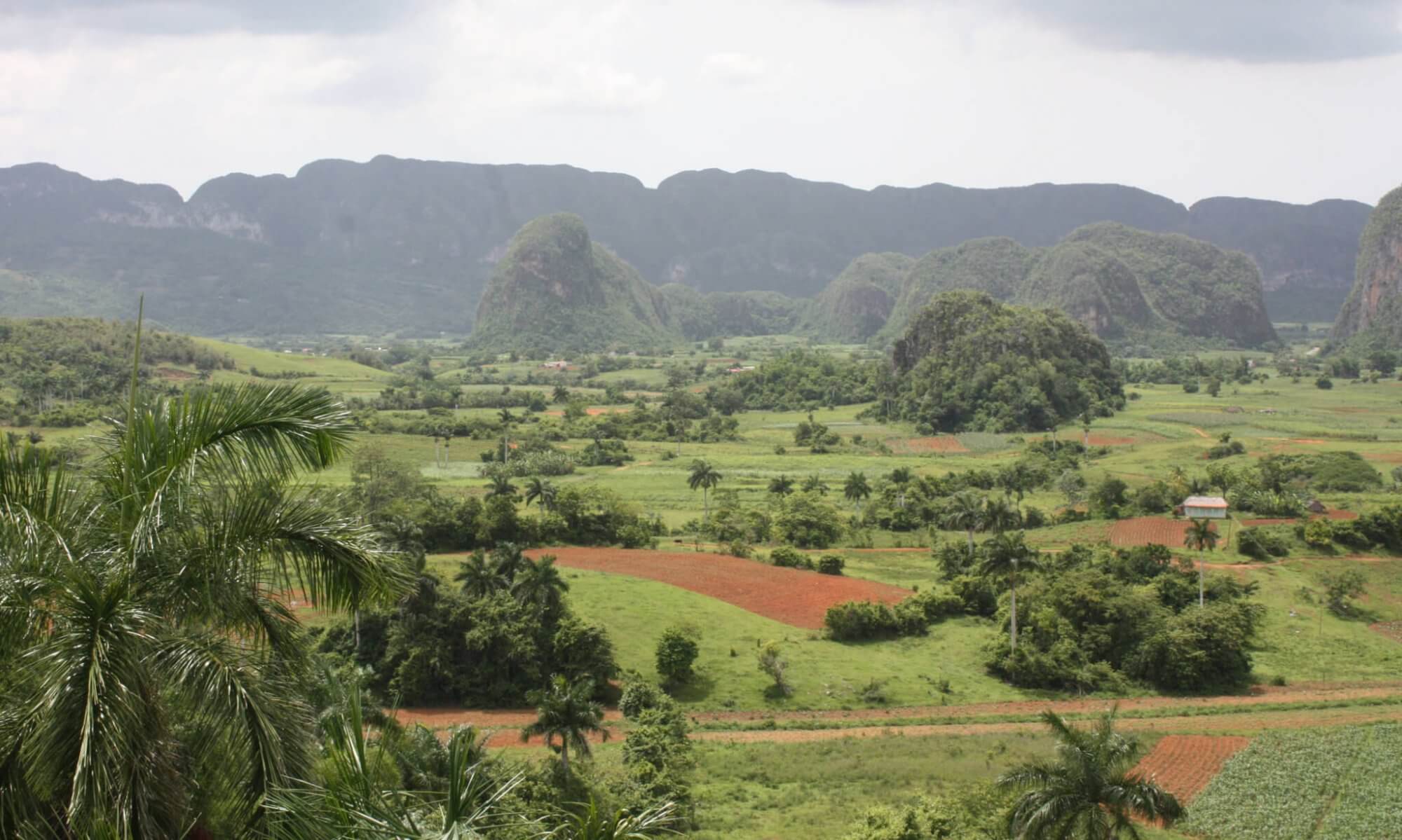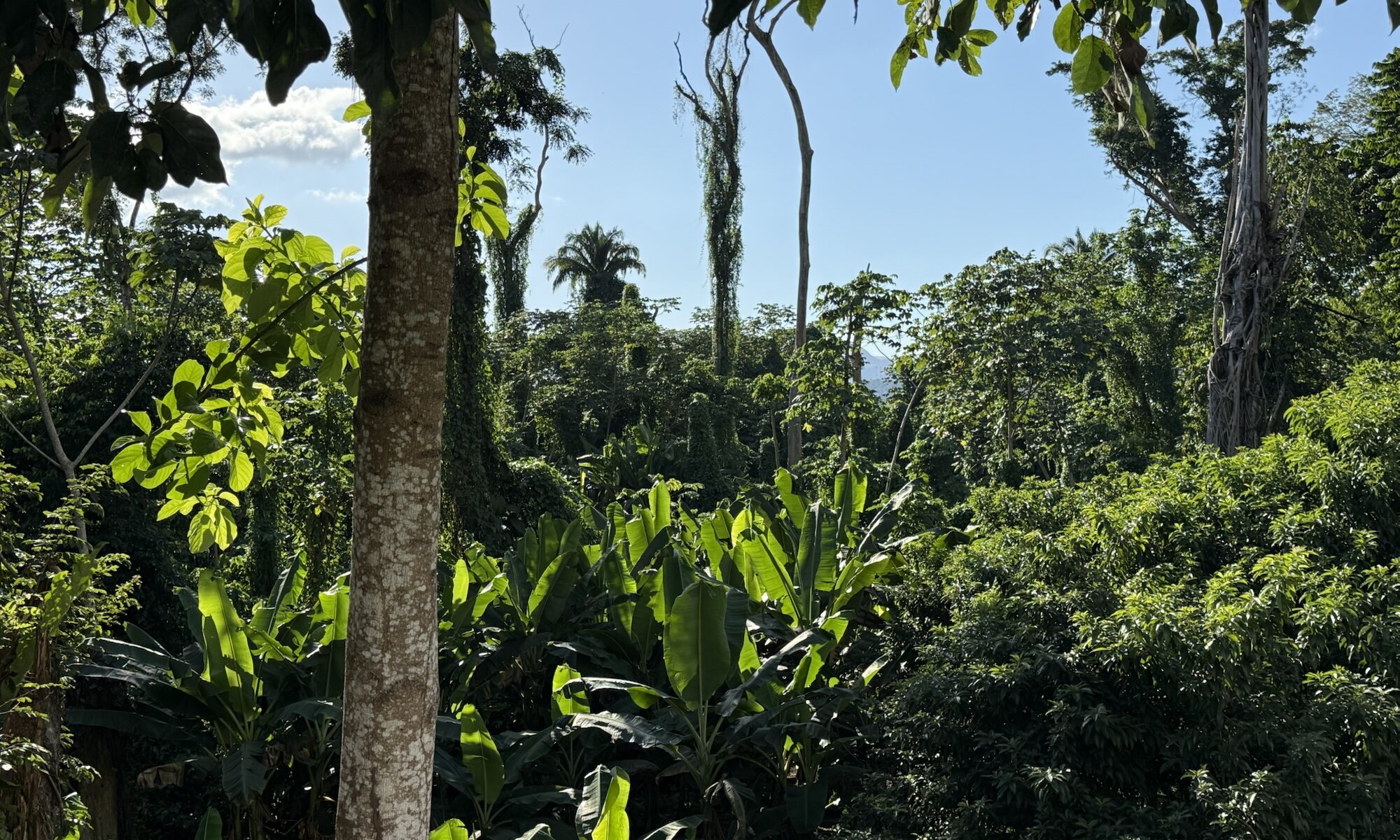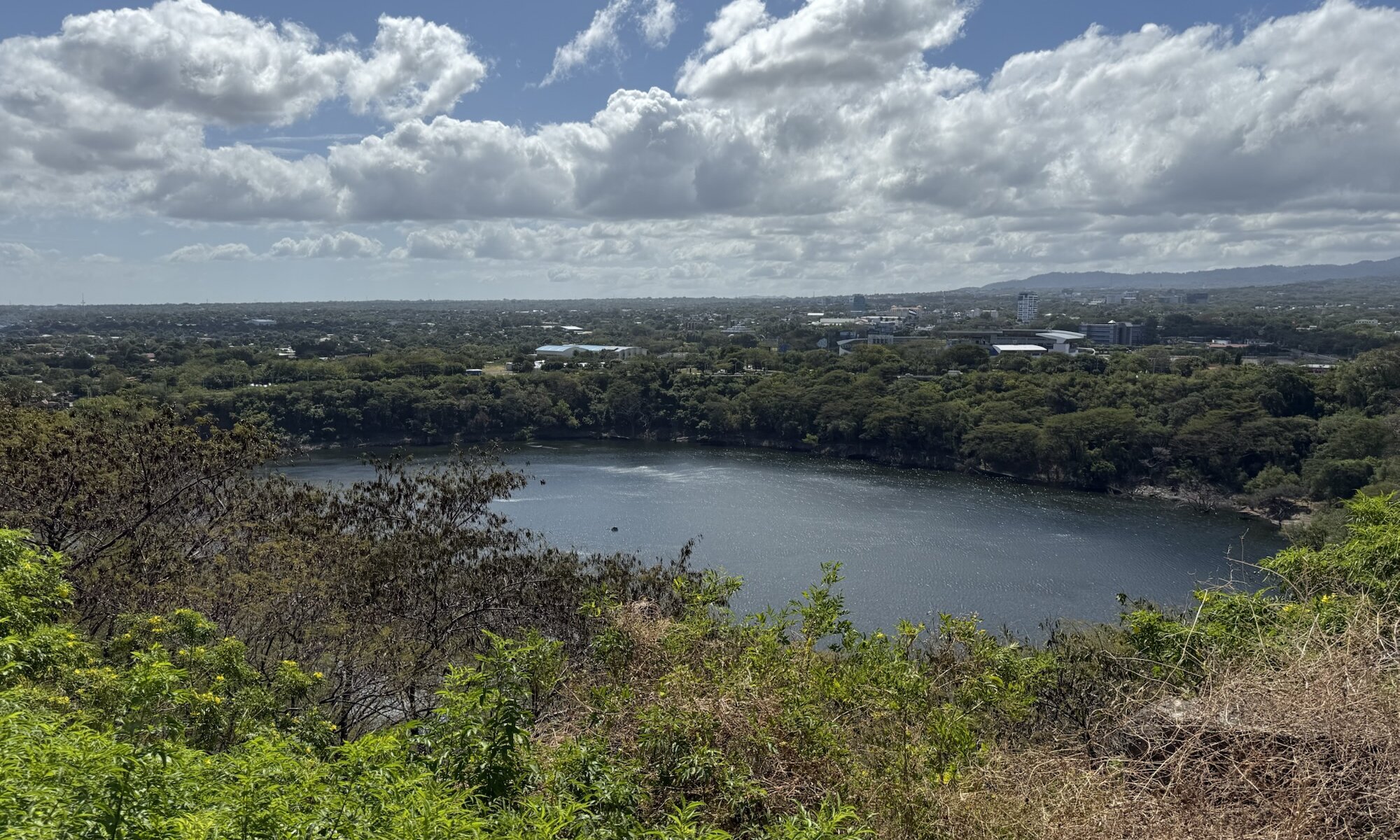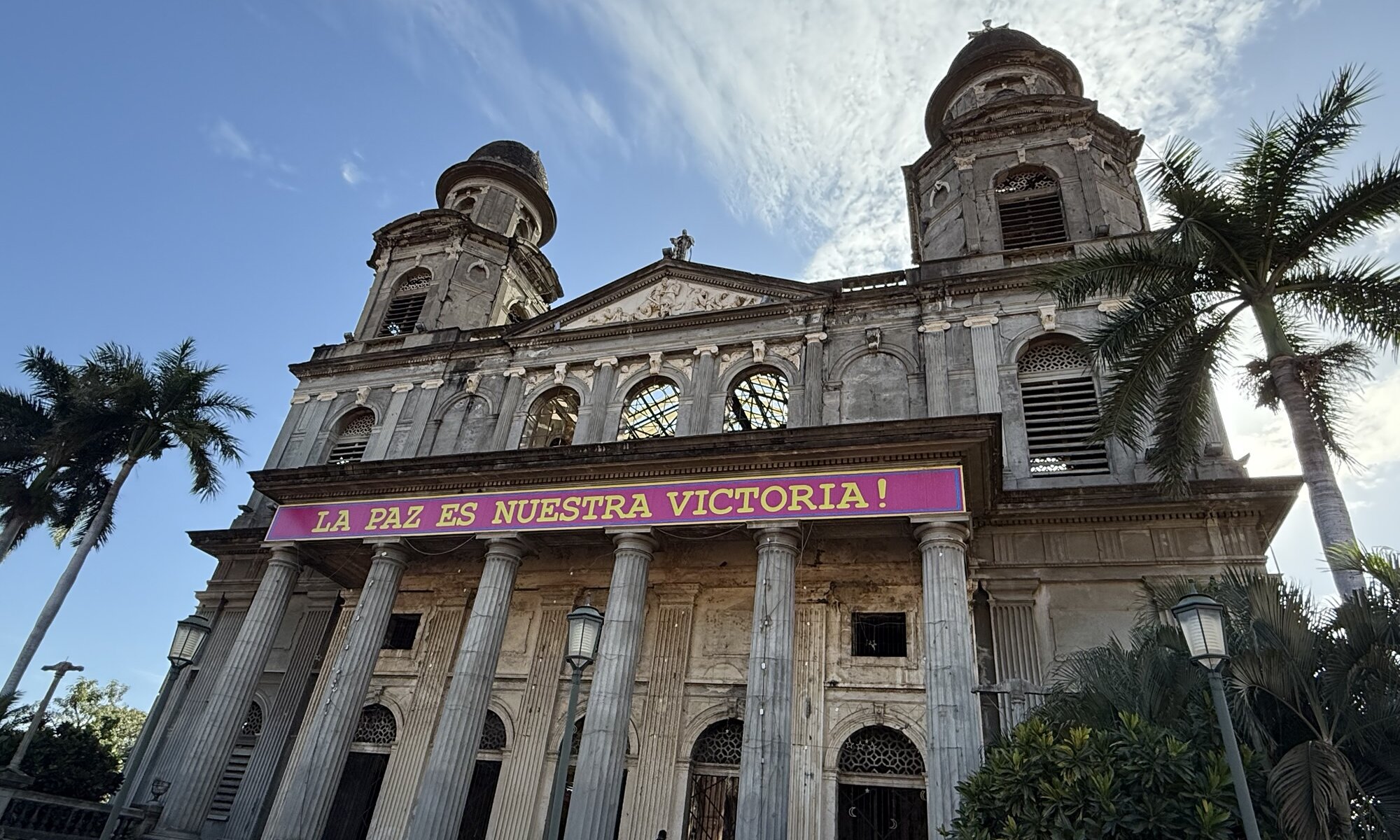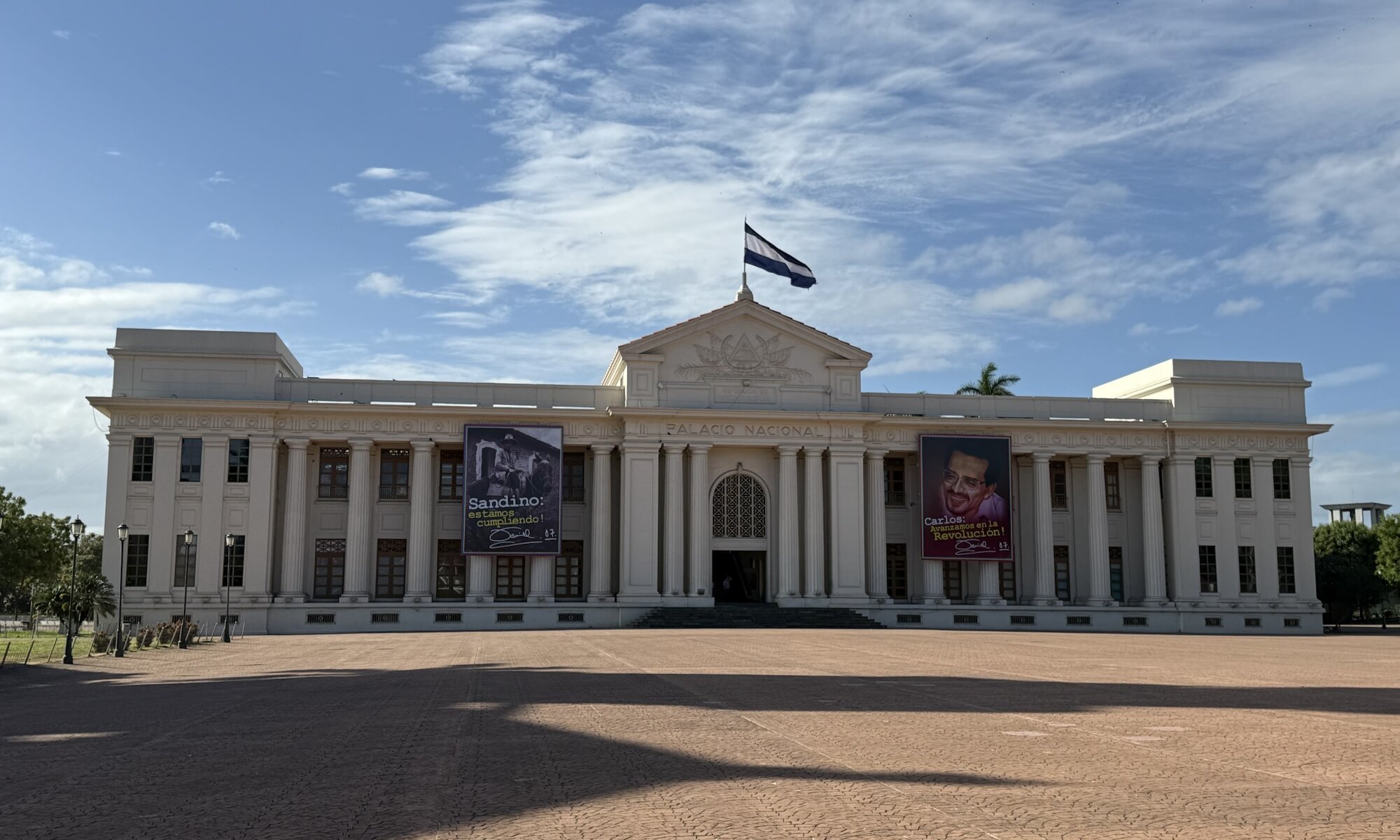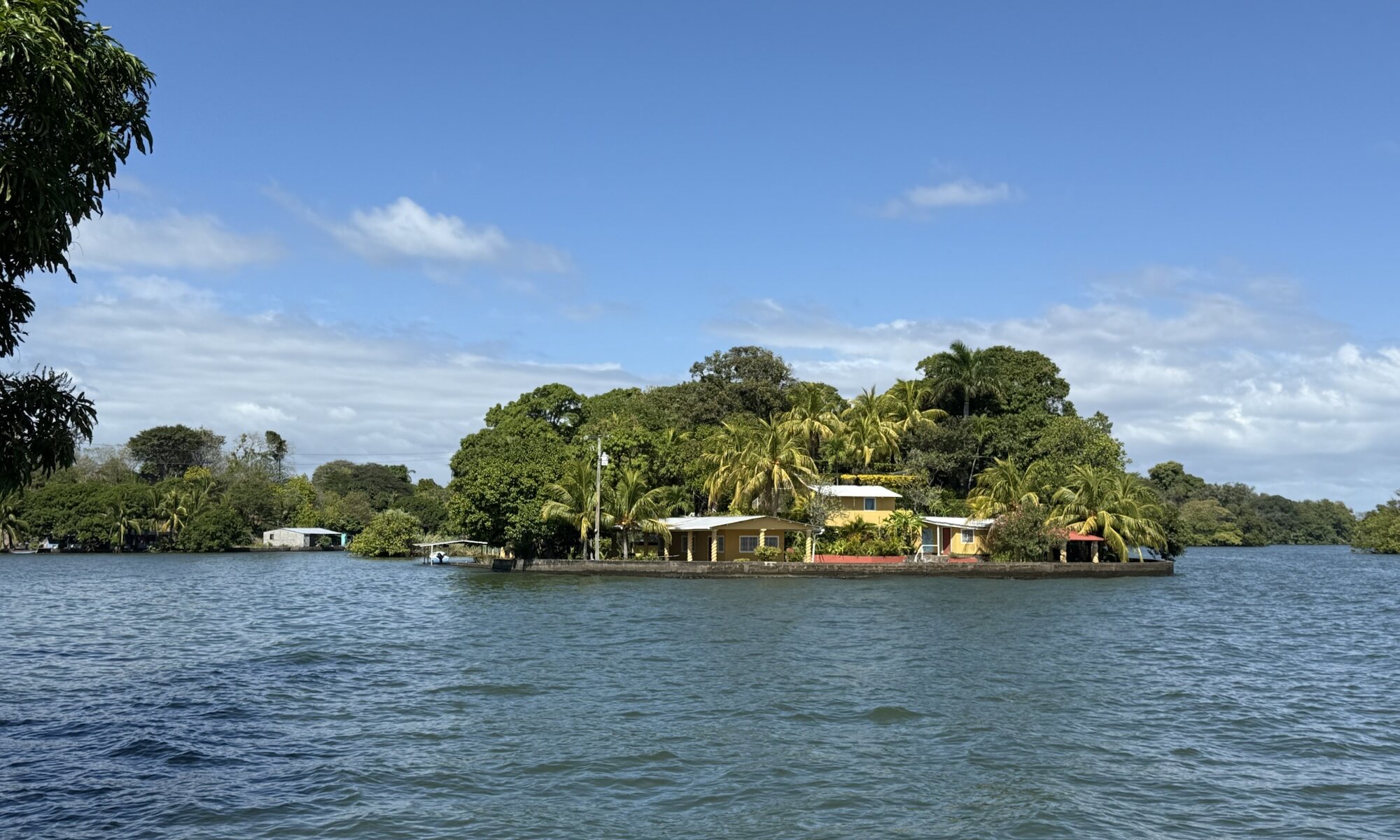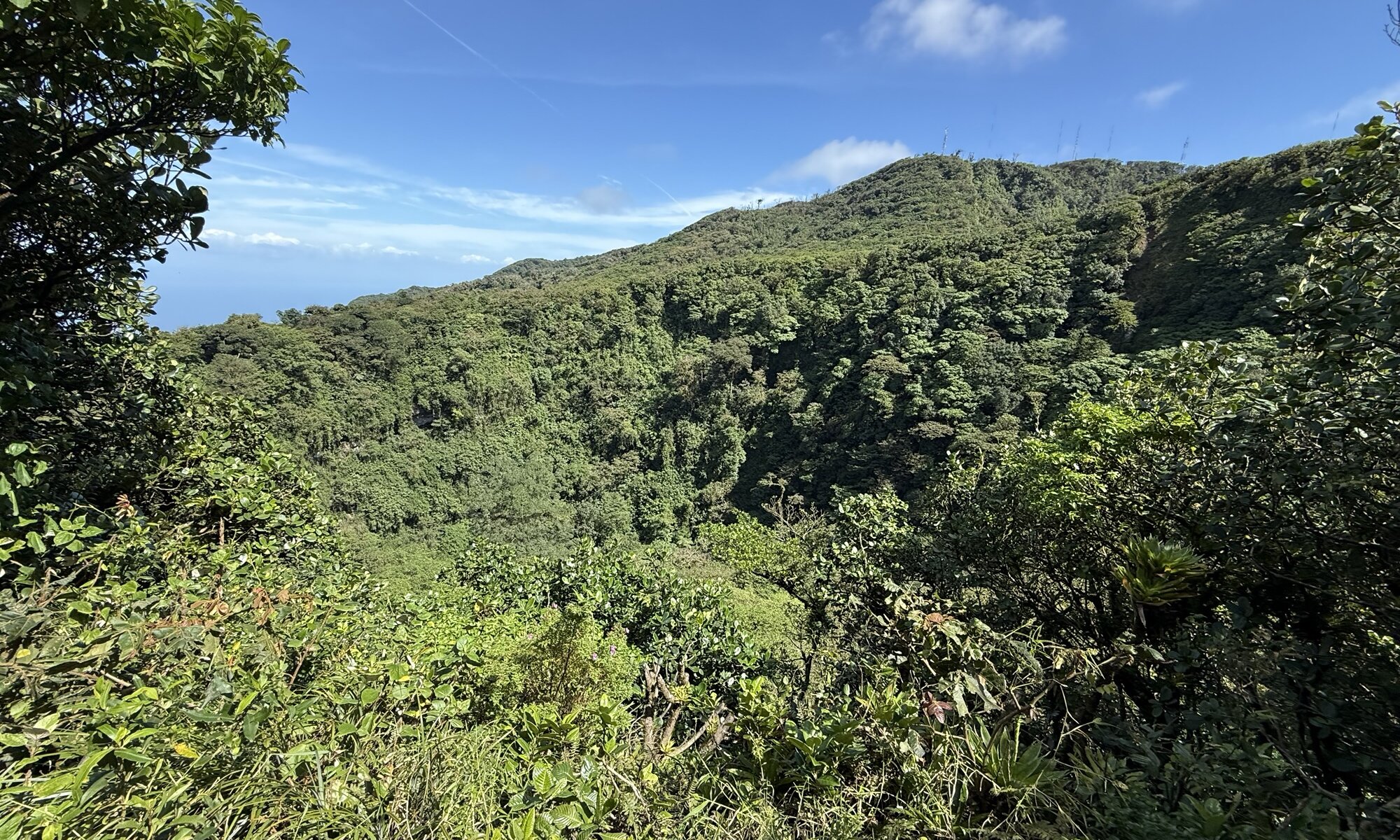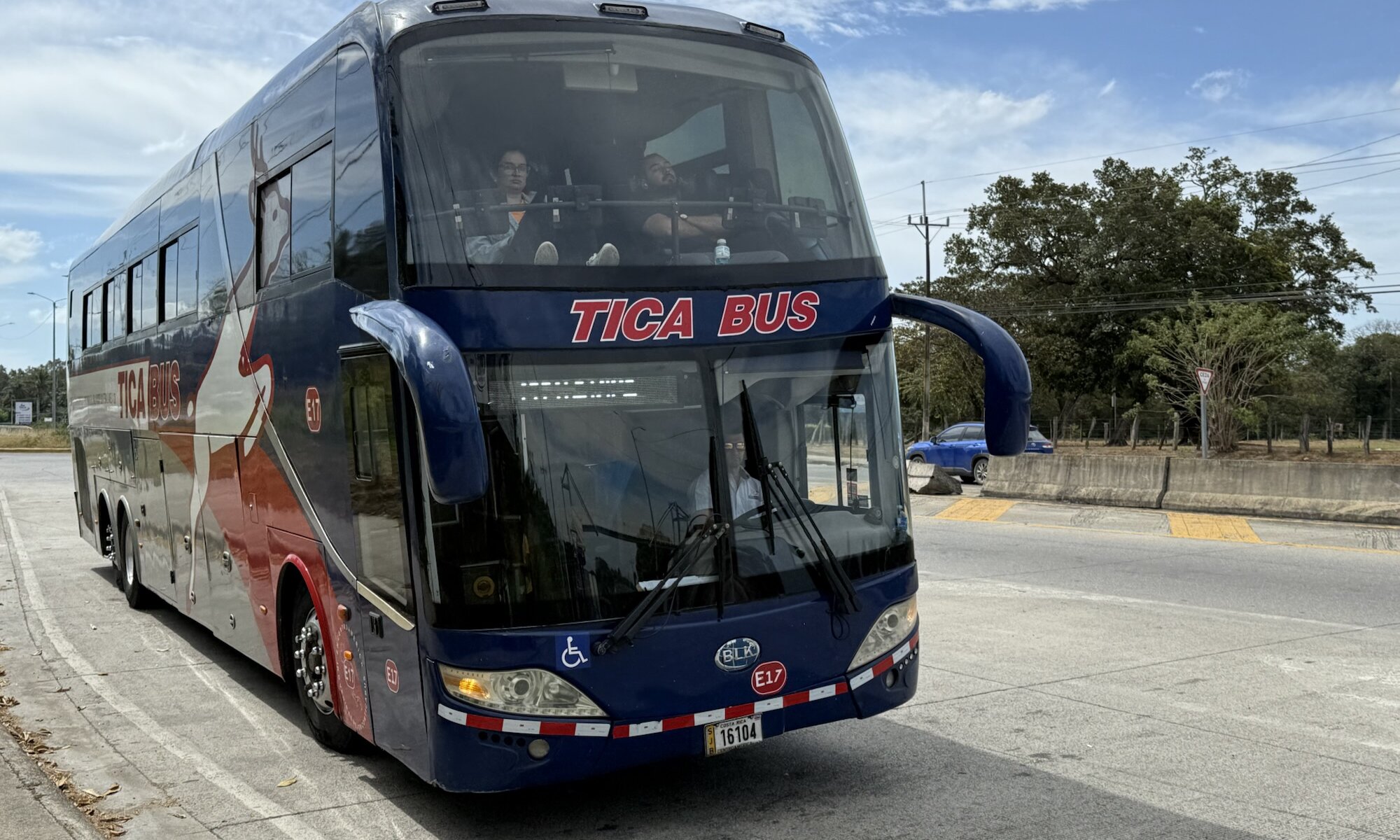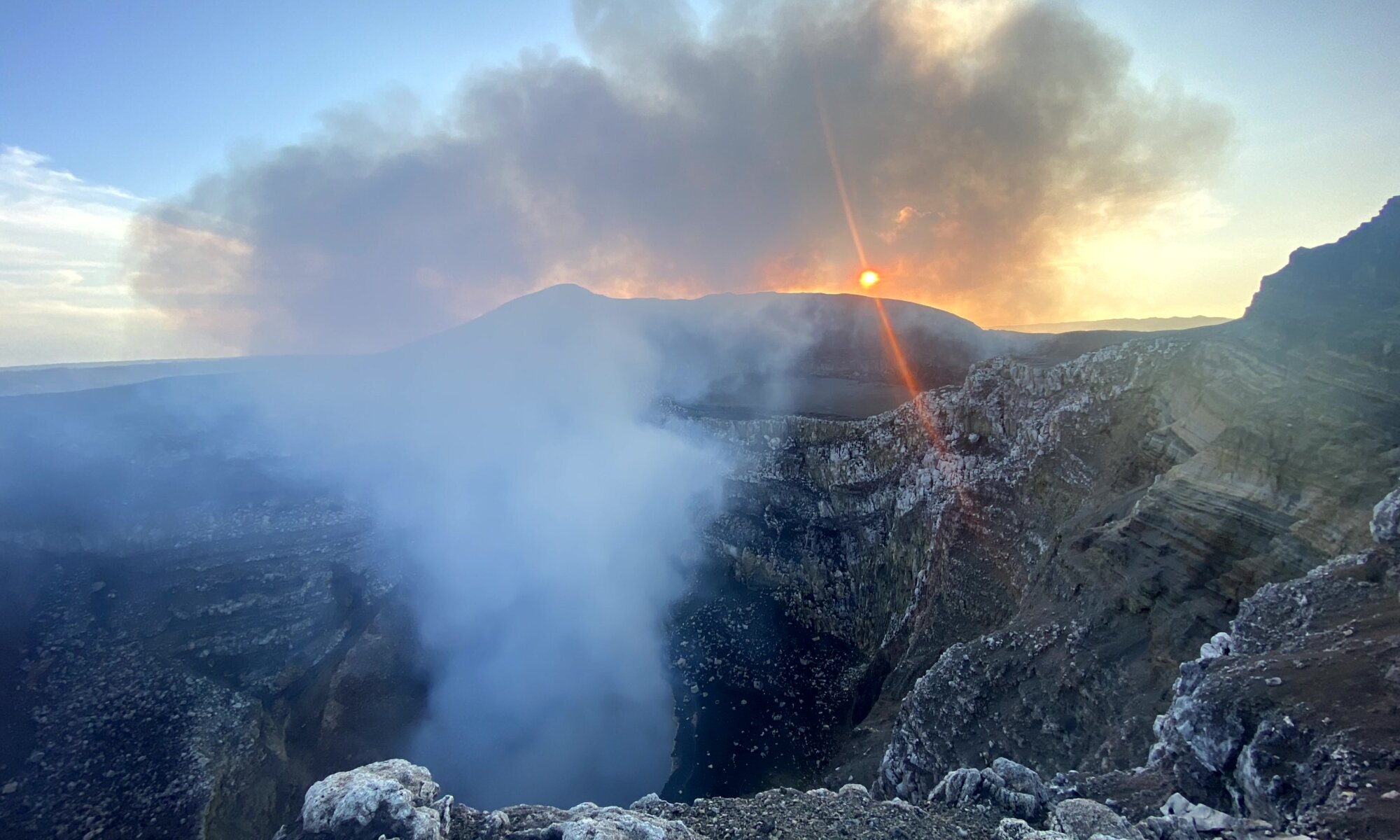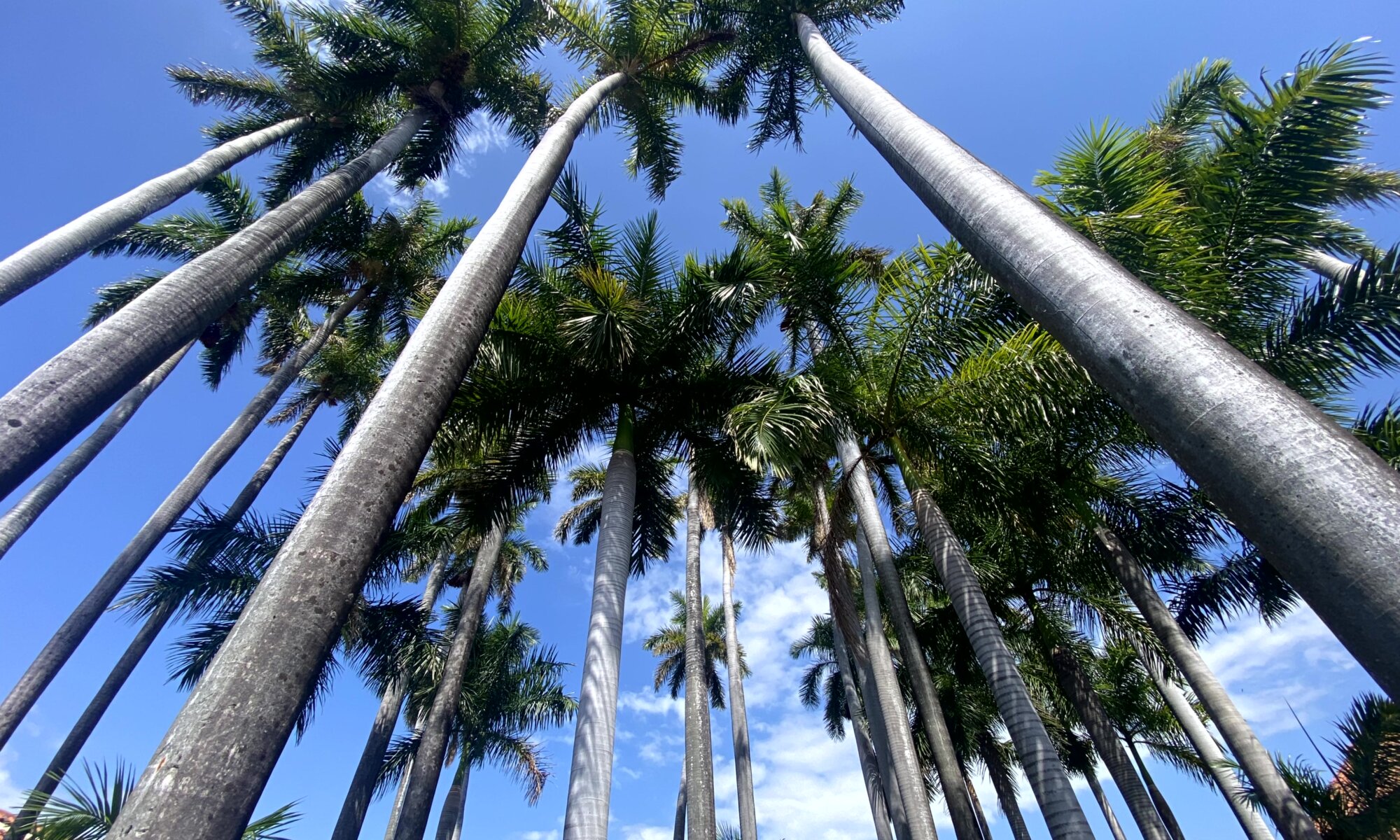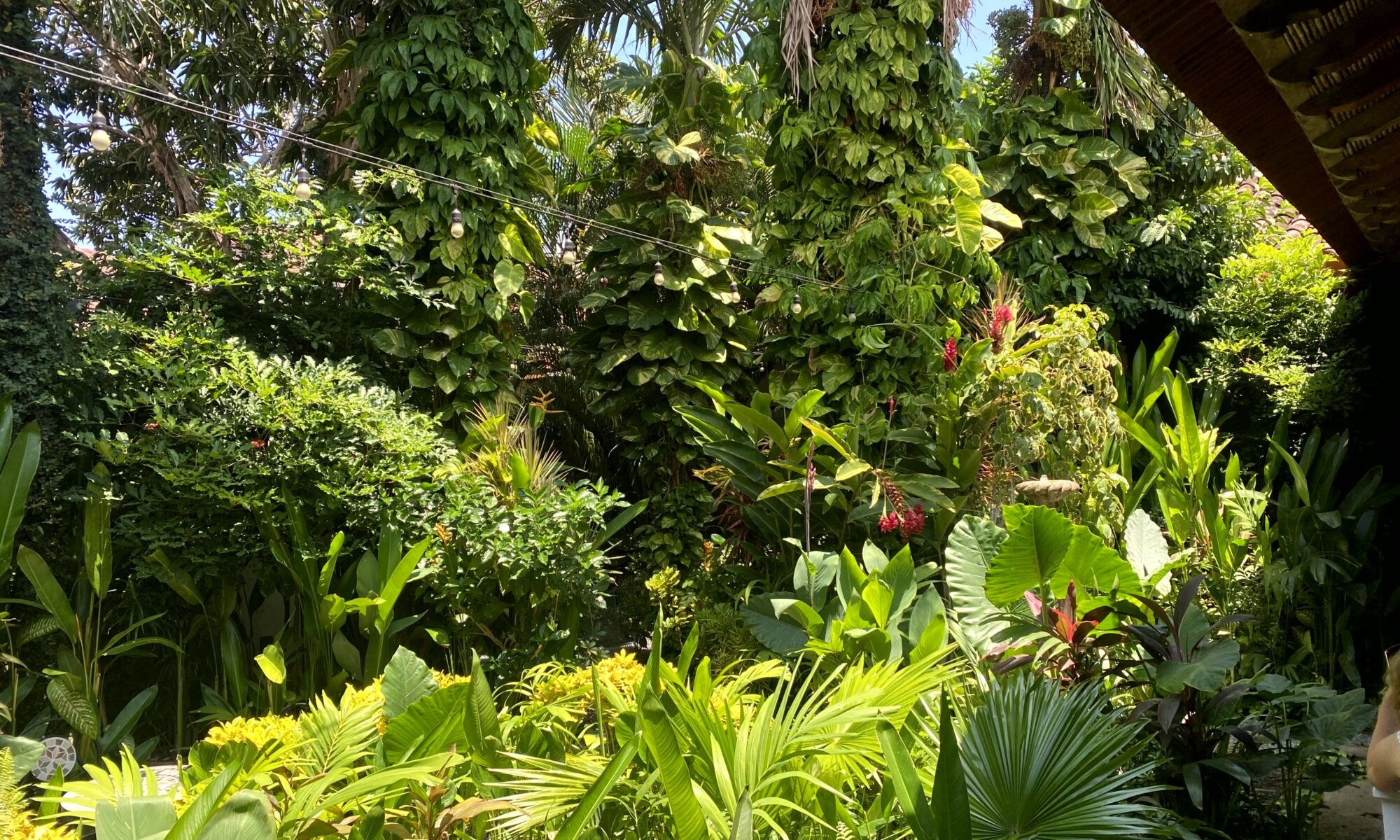Centro America typically consists of seven countries: Belize, Costa Rica, El Salvador, Guatemala, Honduras, Nicaragua, and Panama. This region, nestled between North and South America, offers a diverse range of attractions, from ancient Mayan ruins to lush rainforests and pristine beaches. It is an area of the world less known to the average European, but especially Spanish, German and French travelers are showing an increasing interest in Centro America. The region’s appeal lies in its rich cultural heritage, including 20 UNESCO World Heritage Sites, as well as its focus on sustainable tourism and biodiversity. However, concerns about political instability in some countries and lingering effects of the pandemic may deter some tourists.
Continue reading “Puente terrestre”Laguna de Tiscapa
The Laguna de Tiscapa is a volcanic crater lake in the heart of Managua, Nicaragua, offering panoramic views of the city. Perched on its edge is the Sandino Monument, a towering silhouette of General Augusto César Sandino, the revolutionary leader who fought against U.S. military intervention in Nicaragua during the early 20th century. The monument, erected in the 1990s, stands as a powerful symbol of national resistance and pride. The area surrounding the lagoon has historical significance, as it once housed the presidential palace and later the notorious Somoza family’s military headquarters. Today, the site serves as a tourist attraction and a place of reflection on Nicaragua’s tumultuous past.
Continue reading “Laguna de Tiscapa”Plaza de la Revolución
Located in the heart of Managua, Nicaragua, the Plaza de la Revolución is a significant historical and cultural landmark that embodies the nation’s revolutionary spirit and rich heritage. Formerly known as Plaza de la República, this expansive square has been witness to numerous pivotal events in Nicaragua’s history. It served as a focal point during the Sandinista Revolution and continues to be a gathering place for political demonstrations, cultural events, and national celebrations.
Continue reading “Plaza de la Revolución”Palacio Nacional
The Palacio Nacional in Managua, Nicaragua, stands as a testament to the country’s rich history and cultural heritage. Originally commissioned by President Juan Bautista Sacasa in 1935 and designed by architect Pablo Dambach, this neoclassical edifice has witnessed significant events in Nicaragua’s past. Today, it houses the National Museum, offering visitors a comprehensive journey through the nation’s history and artistic achievements.
Continue reading “Palacio Nacional”Las Isletas
The Isletas de Granada, a group of 365 small islands scattered in Lago Cocibolca near the city of Granada, were formed thousands of years ago when the Mombacho volcano erupted, ejecting massive amounts of rock and debris into the lake. Today, these islets serve various purposes, from private residences and vacation homes to hotels and eco-tourism destinations. Visitors can explore the lush vegetation, observe diverse wildlife, and enjoy stunning views of the surrounding landscape, including the imposing Mombacho volcano.
Continue reading “Las Isletas”Mombacho
Volcán Mombacho, the iconic house mountain of Granada, Nicaragua, stands as a majestic natural landmark just 7 kilometers from the city. Visitors can easily reach the base station by bus or rental car, where they are greeted with an exciting adventure up the steep volcano. At scheduled times, published on the official website, tourists are transported up the mountain in trucks or pick-ups. This unique mode of transportation often provides Europeans with a thrilling and unfamiliar experience of riding in the loading area of a pick-up truck, adding an element of excitement to the journey.
Continue reading “Mombacho”Tica Bus
Bus travel in Centro America offers a diverse range of options, from the iconic ‘chicken buses‘ to modern, long-distance coaches. Chicken buses, repurposed and vibrantly painted former U.S. school buses, serve as the backbone of local transportation in many Centro American countries. These colorful vehicles, known for their crowded interiors and frequent stops, provide an affordable and authentic travel experience, connecting rural areas to urban centers. In contrast, companies like Tica Bus offer more comfortable, long-distance travel options with air-conditioned coaches. These modern buses typically operate between major cities, providing a more convenient and faster alternative for travelers covering longer distances.
Continue reading “Tica Bus”Land of the volcanoes
Nicaragua is a country that many people can’t point to correctly on a world map. It is a rather small country in Latin America located between the Caribbean sea and the Pacific ocean, between Honduras and Costa Rica. It was inhabited in pre-Columbian times by indigenous people that left their traces, but many things we can observe today root in colonialization: Nicaragua was part of the so-called New Spain, became a region of Central America and achieved independence in 1838. Its unique highlight are the volcanoes spread throughout the country; you can see lava bubbling, skate downhill or swim in craters.
Continue reading “Land of the volcanoes”Museos Convento San Francisco
Next to the church Convento San Francisco (one of the oldest in Central America) you can find the Museos Convento San Francisco in the former Franciscan monastery. It is the best place if you want to learn more about the history and traditions of Granada, Nicaragua. The museum is a wild mix of exhibits giving you inside in the earlier and later past of the city. Near the entrance you will first find a vast model of the city giving you the chance to understand the layout of Granada which is heavily shaped by colonial history.
Continue reading “Museos Convento San Francisco”The Gringo Café
Sometimes when I’m abroad and overwhelmed by the unusual life around me, by the different climate and the unfamiliar world surrounding me I’m looking for a safe harbor. For something well known, where I know how to act and where everything feels under control. That is most often an international chain, a coffee bar like Starbucks. People tend to laugh about this, but I’m not worried to admit that even I need to get accustomed to the situation.
Continue reading “The Gringo Café”